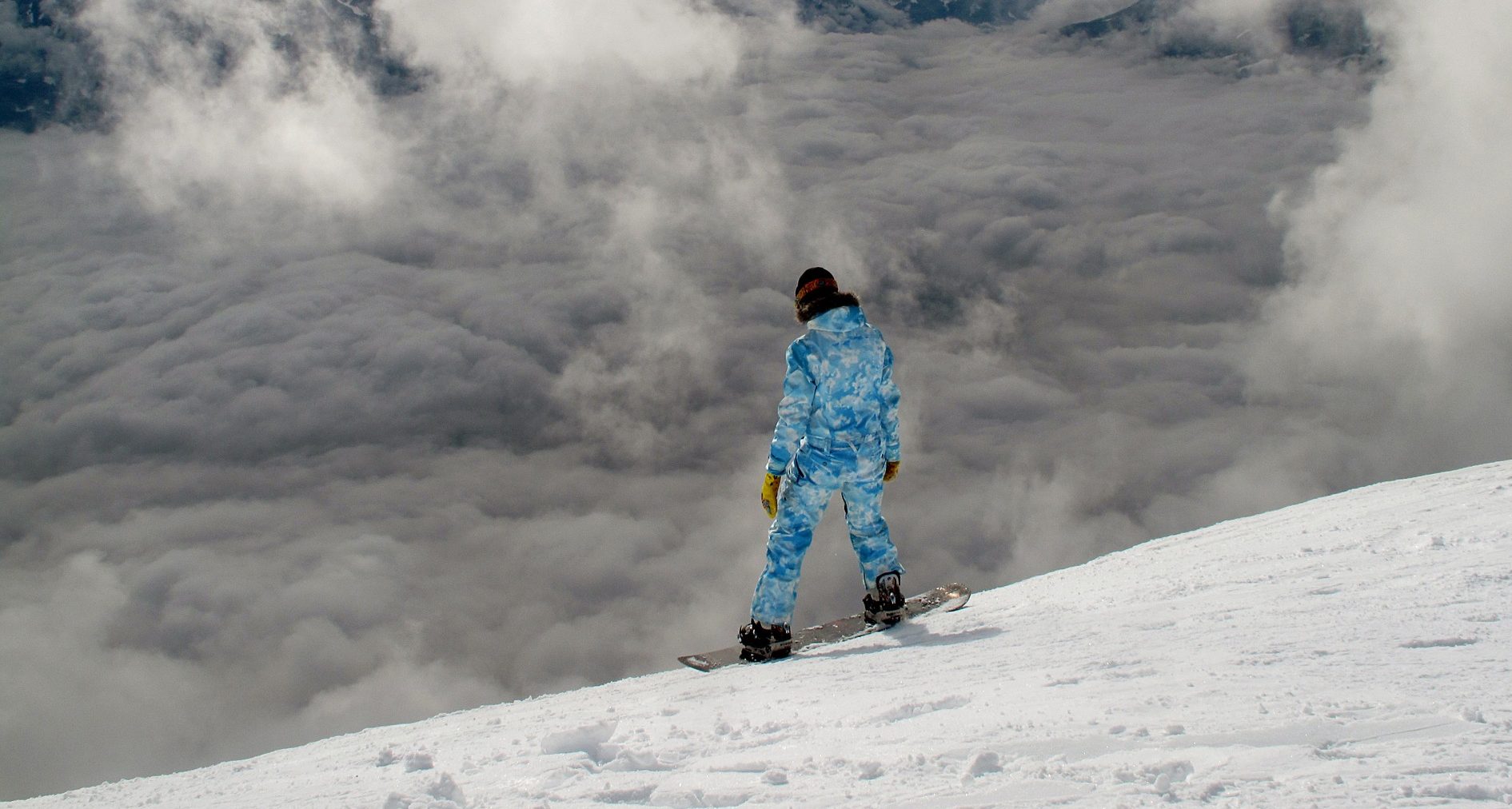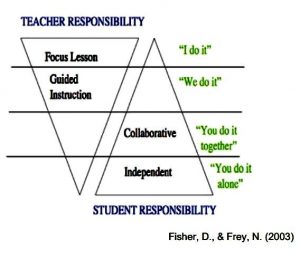Are You Doing the Work Together?

How do your children feel when asked to do something they’ve never done before? How do you feel for that matter? What if you’re asked to do something you’ve never done before in front of an audience? Of course, it depends on what we’re being asked to do. Our thinking may range from “You’ve got to be kidding” to “Sure, I’ll give that a try.” We weigh the task against the risk of failure or embarrassment. Certainly, pride and ego likely factor into our decision to enter in to challenge or say, “No thanks.”
In one of the continuing education classes I attended this last weekend, the instructor brought in an Indo Board. An Indo Board is an oval-shaped piece of wood in which the “rider” stands on it, balancing on top of a 6” to 8” cylinder. The moment you stand on it, the board and the cylinder start moving. And, if the rider loses his or her balance, the board can become a flying missile while simultaneously dumping the rider abruptly. The instructor’s point? To help us empathize with what first time or beginning skiers and boarders are likely experiencing. To help us realize that an essential part of our teaching sequence requires “we do it together” before they’re ready to “do it alone.”

The Gradual Release Model shown at right presents a plan where the lesson moves from the top of the model and flows downward. In this second part of the lesson, the words Guided Instruction appear in the teacher’s triangle midway down. The corresponding space in the student’s triangle is still blank. The words, “We do it,” are written off to the right side, and refer to the collaborative nature of this part of the lesson.
In this second phase of the lesson, the teacher is “guiding”, and the student is more actively engaged. They are doing it together. The space represented in each triangle for this second part is relatively the same.
Again, using our example of solving a math problem that requires long division, at this stage you would be working a problem together. You would be prompting your student to do the steps, coaching and reminding as necessary. You might be taking turns, you working one part of the problem, he the next part.
The key to the Gradual Release Model is progressing from one part or stage to the next. In the first stage of the lesson, you did all of the work. In this second stage of the lesson, the work is shared. You’re doing it together. Even though you’re “doing it together”, intentionally decrease the amount of help you give your student so that he takes on more responsibility.
That’s the tip of the week!
Curt Bumcrot
Read the rest of the series:
- How to Take Your Child From Dependence to Indepedence
- Are You Still Doing All The Work?
- Are You Meddling?
- You’re Done… Or Are You?
Drilling is a necessary step to mastery in the learning process. For that reason, we’ve created the Mastering Punctuation Flash Cards, helping proper punctuation become second nature. Level 2 is now available.




3 Comments